Street photography is the art of capturing candid, un -staged moments in public spaces ( usually the street , where usually unseen instances of everyday life become seen , frozen in time through the photographer’s eye ) It focuses on spontaneity, emotion, and visual storytelling, but unlike traditional reportage, it doesn’t always aim to document a specific event. Instead, it’s about the decisive moment, a term often linked to Henri Cartier-Bresson, where timing and composition combine to reveal something fleeting , unique yet powerful.
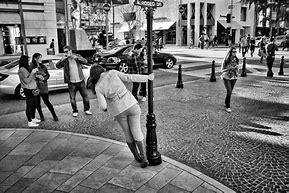
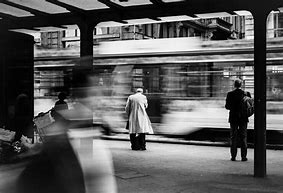
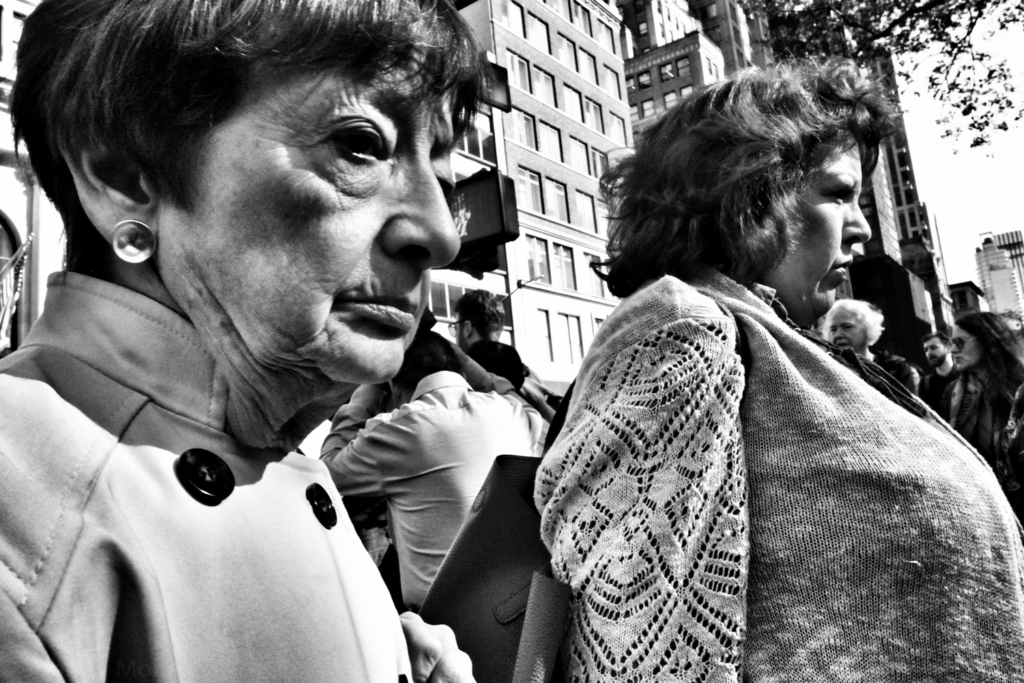
One of the most fitting quotes that captures the essence of street photography is by Walker Evans:
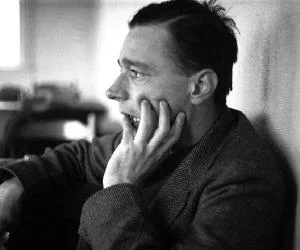
“Stare. It is the way to educate your eye, and more. Stare, pry, listen, eavesdrop. Die knowing something. You are not here long.”
This quote reminds me why street photography matters it teaches us to look more closely at the world around us. I agree with Evans completely. In my own experience, shooting in Jerseys busy streets or the market , I’ve found that observing before pressing the shutter is just as important as capturing the moment itself. That habit of looking deeply helps elevate mundane subjects into compelling photographs.
As David Campany explains in Street Photography between Reportage, Cinema and Theatre, street photography is:
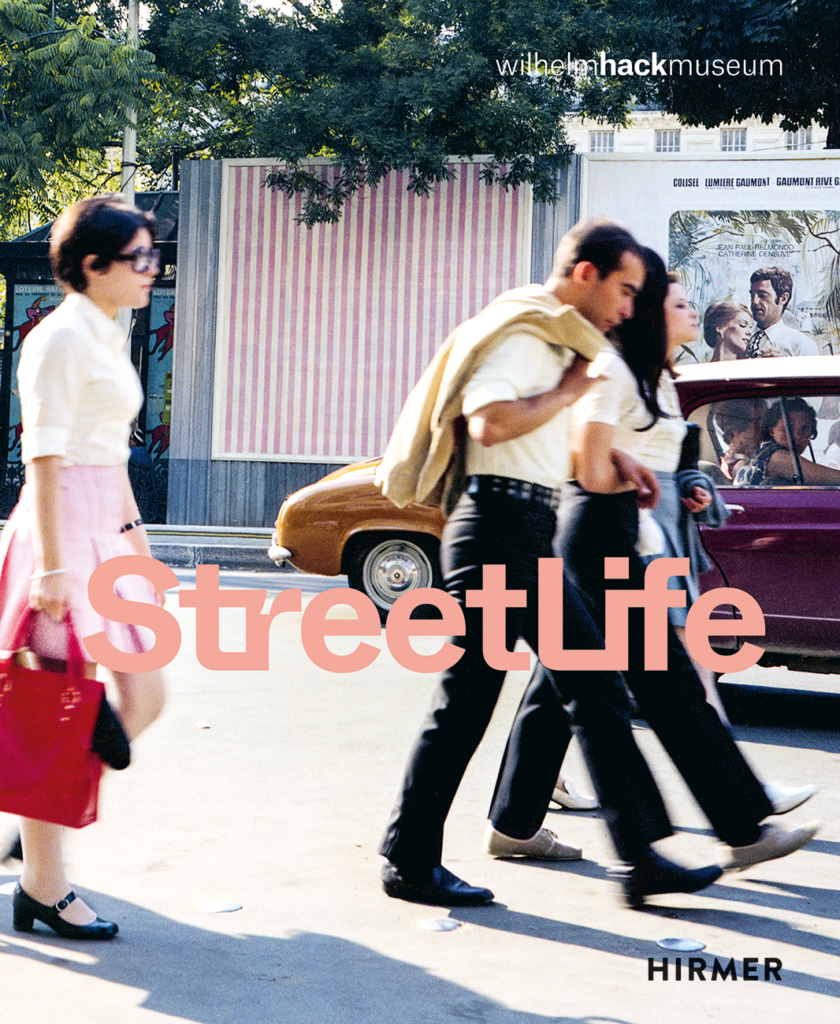
“The impulse to take candid pictures in the stream of everyday life… a form of documentary but decidedly not reportage.”
While it shares some similarity’s with documentary work, street photography feels more interpretive and intimate. It’s less about facts and more about feelings. I’m drawn to this flexibility because it gives me the freedom to focus on mood, lighting, or form rather than just narrative.
History
Historically, the genre took off thanks to technology. The invention of the Leica camera
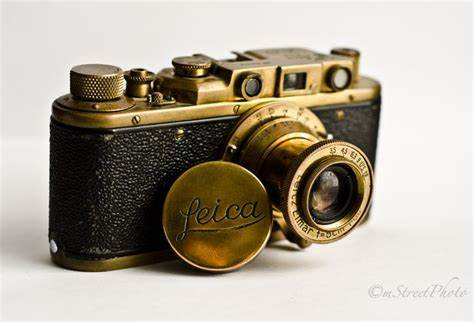
in 1924 revolutionized how photographers worked. It allowed artists like Cartier-Bresson, Ilse Bing, and Robert Frank to shoot discreetly and quickly, changing the way people thought about photography. With 35mm film, wide apertures, and fast shutter speeds, photographers could finally capture motion and real-time reactions without attracting attention.
Present Day.
Groups like iN-PUBLiC continue this tradition today, focusing on the uncanny moments of everyday life. Their work is a modern take on the flâneur, the 19th-century observer described by Baudelaire as a “botanist of the sidewalk.”
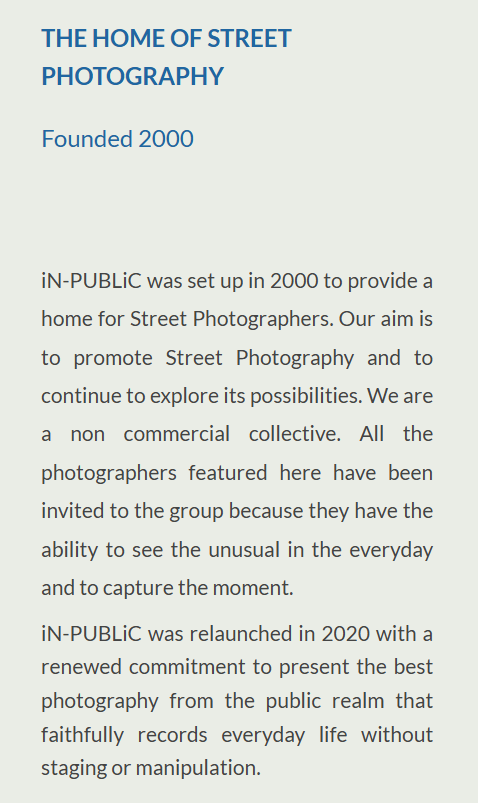
Street photography is about presence , being there, noticing, reacting. Whether you’re capturing laughter in a crowd or the lonely stillness of an alley, the power of this genre is in its honesty. It’s raw, real, always personal and can never be recreated.
